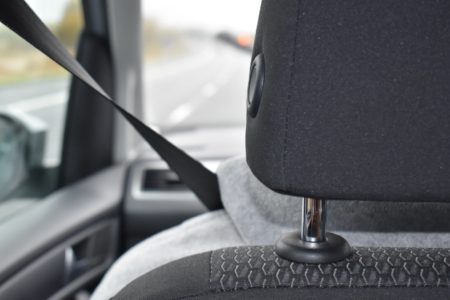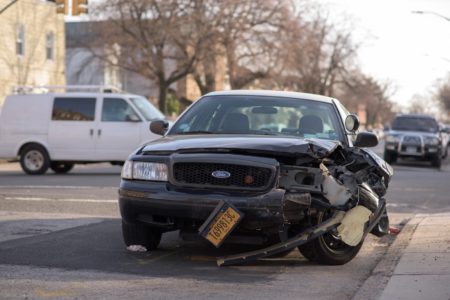6 Deadly Mistakes Parents Make When Teaching their Teens to Drive
More than 2/3 of parents teach their teens to drive. If you’re one of them, make sure you do it right. Their lives depend on it. Here are six of the biggest mistakes parents make when teaching their teens to drive:
1. They take a “do as I say, not as I do” approach to driving. If you don’t want your teen to talk on their cell or text while driving, hang up your cell first.
Take a mental inventory of all your driving behaviors and decide which ones you’d like to see your son or daughter copy. Then change the others. The sooner you become a role model as an alert, defensive driver, the better. Don’t wait until they get their learner’s license. They’re watching now.
2. They don’t have the vehicle checked out first. Make sure your car is in excellent working condition. Pay special attention to the brakes, tires and windshield wipers. New drivers need all the help they can get.
3. Parents hand over the keys and let the teen drive on public roads without practicing basic skills in a deserted parking lot first. New drivers need to learn basic vehicle handling skills before they’re ready to interact with other traffic.
Under no circumstances, allow a new driver to drive home from the licensing office after getting their first level license. They don’t have the skills and in their excitement, they won’t be concentrating on the road either. I read about one mom who did this and then complained when other drivers became impatient and honked at them. Duh!
Keep in mind that allowing teen drivers to rush into situations they aren’t prepared for could endanger you both or scare them so much they become overly nervous drivers. Let your teen driver progress and build confidence gradually. Sometimes that means saying ‘no’.
4. They don’t schedule their driving practice. We’re all busy and if it’s not on the schedule, something else will always pop up. Be flexible but try to stick to your schedule as much as possible. Teens need 70 to 100 hours of driving practice in the first year. (That’s about 2 hours per week.) It’s hard to find the time (I speak from experience) but really critical to helping them develop the survival skills they need.
Note : At least 10 hours of that driving practice should be at night.
5. A lot of parents concentrate the driving lessons during the long, sunny days of summer. That’s great but don’t forget to extend the lessons to cover driving in all conditions including rain, snow, high winds, etc.
6. After the first few lessons, parents ride along but stop coaching. Maintaining that 360-degree awareness around the vehicle is one of the toughest skills new drivers have to learn. Parent-coaches must continue to watch and coach until the new driver is capable of safely driving on their own – even though they think they can.




